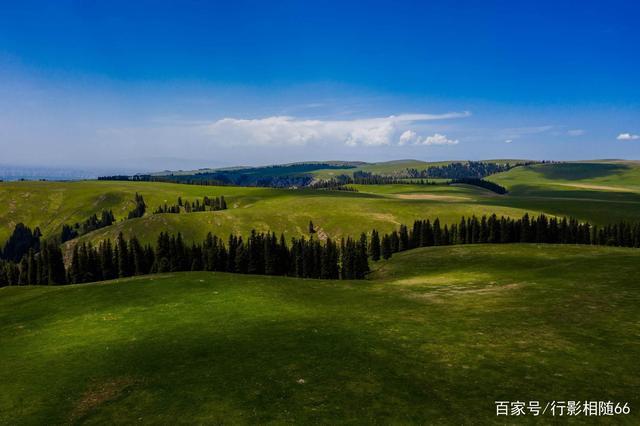Creating a Successful Cultural Heritage Brochure: Tips and Tricks
Cultural heritage brochures are effective tools for highlighting the significance and value of cultural sites. Whether it’s a historic site, a UNESCO World Heritage Site, or a museum, a cultural heritage brochure plays a crucial role in attracting visitors, educating them about the site’s significance, and encouraging them to preserve it for future generations. In this article, we’ll provide you with tips and tricks to create a successful cultural heritage brochure.
Understand and Define Your Audience
The first step to creating a successful cultural heritage brochure is to understand your audience. Who are you targeting, and what do they want to know? Think about the age range, interests, and education level of your target audience. Are they students, tourists, or researchers? Defining your audience helps you to create a brochure that is informative, engaging, and relevant to their interests.
Research and Gather Information
Once you’ve defined your audience, research and gather information about the cultural site. Collect historical facts, figures, and background information about the site, and ensure that all the information is accurate. Don’t forget to include any relevant stories, myths, and legends associated with the historic site. This will make the brochure more interesting and engaging.
Use Stunning Visuals
A successful cultural heritage brochure should be visually stunning. Use pictures and illustrations that beautifully capture the essence of the cultural site. High-quality visuals will help you to convey the significance of the site to your audience. Make sure the visuals match the tone of the brochure and are informative at the same time.
Highlight the Features
Highlight the prominent features of the cultural site. Provide detailed descriptions of the architecture, style, and design of the site. Mention any unique features that set the site apart from others. This will help your audience to appreciate the significance of the site and develop an emotional connection with it.
Keep It Easy to Read
The language and structure of your brochure should be simple and easy to read. Avoid using jargon and technical terms that may confuse your audience. Instead, use clear and concise language that resonates with your audience. Use different subheadings to break the content down into manageable chunks and keep the structure flow easy to read.
Conclusion
Creating a successful cultural heritage brochure requires careful planning, research, and execution. The brochure should be informative, engaging, and relevant to your audience. Use stunning visuals, highlight the key features of the site, and keep the language and structure simple and easy to read. Adhering to these tips and tricks will help you to create an engaging and effective cultural heritage brochure that highlights the significance of a cultural site.
(Note: Do you have knowledge or insights to share? Unlock new opportunities and expand your reach by joining our authors team. Click Registration to join us and share your expertise with our readers.)
Speech tips:
Please note that any statements involving politics will not be approved.
